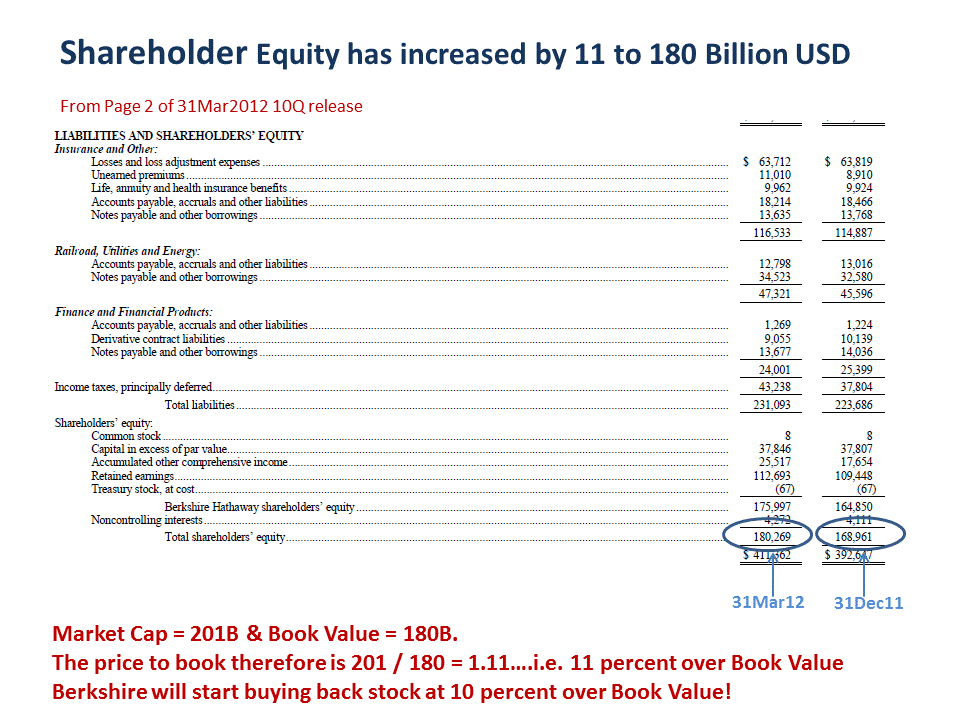Other comprehensive income
Post on: 16 Март, 2015 No Comment

Other comprehensive income
April 21, 2008 by E. Cartman
I guess the Level 3 asset chicanery got too embarrassing .
Outsize losses reported last week by Citigroup Inc. and Merrill Lynch & Co. could have been a lot worse except for a quirk in the way companies account for different types of securities.
Citigroup took $15 billion in write-downs and credit charges, leading the big bank to report a first-quarter loss of $5.1 billion. But $2.3 billion in other write-downs didnt hit the companys income statement.
The same was true at Merrill. The broker had $6.6 billion in write-downs, leading to a loss of $1.9 billion. But Merrill took at least $3.1 billion in other write-downs that didnt count toward its loss.
So, where did those other charges go? Into a special bucket in shareholders equity called other comprehensive income. The beauty of this bucket is the charges land on the balance sheet, but dont dent the companies bottom line.
It all gets down to how a company classifies a security. A company can say it plans to hold a security until it matures, that it is available for sale or that it is being actively traded. Securities being held to maturity are held at their original cost and their value is written down only if they are deemed to be impaired. Securities that are traded are always marked to market, and gains or losses immediately hit profit.
The available-for-sale category is a middle ground in which the value of the securities is written down or up depending on market prices, but the loss or gain ends up in the other comprehensive income bucket. It stays there until the change in value is considered more permanent. At that point, a company finally takes the losses out of the bucket, and they hit the bottom line.
To be clear, Citigroup, Merrill or the many other companies that book losses in this way arent doing anything wrong. This is all permitted by accounting rules.
Still, many investors are starting to question why different companies can book losses from similar securities in different ways, and whether they should be delaying losses at all. Merrill and Citigroup both declined to comment.
Analysts also are sounding the alarm that these losses may eventually come back to bite investors, even if they are presently tucked away in a little-noticed corner of the balance sheet. In a recent report, Credit Suisse analyst David Zion estimated that companies in the Standard & Poors 500-stock index were sitting on about $80 billion of these unrealized losses as of the end of last year.
After Merrill reported its results, Punk Ziegel & Co. analyst Richard X. Bove threw up his hands in frustration over the way corporate results were being masked by accounting practices, including the ability to book some losses in shareholders equity rather than profit.
It would be disingenuous of me to indicate that I understood what has happened at Merrill Lynch in the first quarter or that I had any rational way to estimate what the companys earnings are likely to be going forward, Mr. Bove wrote in a note to clients.
Investors need to keep a wary eye out for booking of increases in losses in the other-comprehensive-income bucket for another reason: They can obscure the picture of a banks financial strength. That is because losses in other comprehensive income arent included in calculations of a banks Tier 1 capital, an important regulatory measure of a banks financial strength, even though they will take a chunk out of a firms net worth.
An added danger: There isnt a hard-and-fast rule defining when companies have to deem the losses in other comprehensive income to be more permanent and so take a hit to profit. That gives management leeway in potentially timing when losses will hit the income statement.














